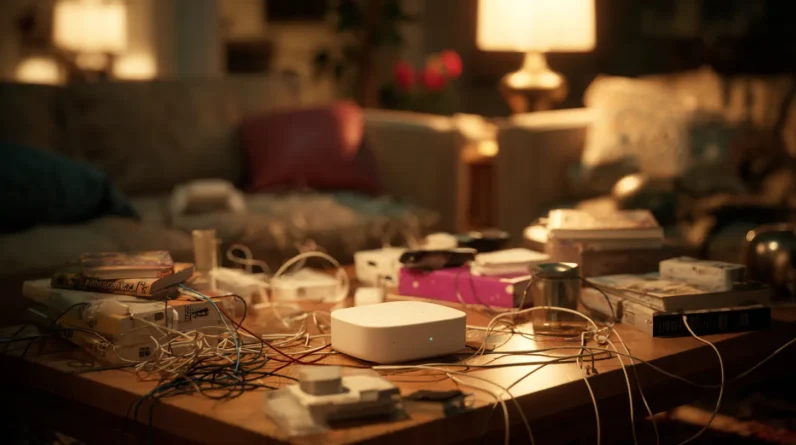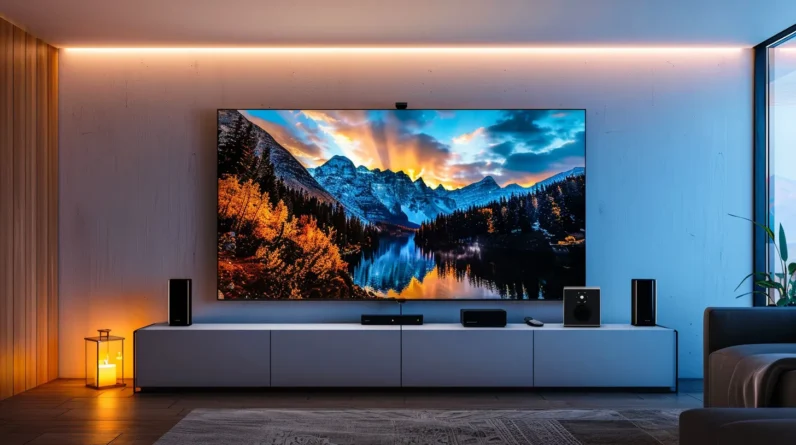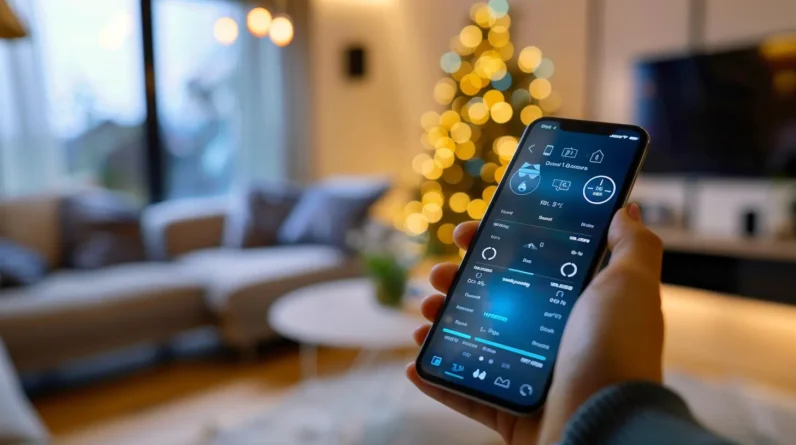
Where time is a valuable asset, the idea of a smart garden represents a symbol of freedom. By automating your outdoor space, you can reclaim your freedom and enjoy a lush, thriving garden without the hassle of constant maintenance.
In this article, we will delve into the benefits of setting up a smart garden, explore the various components of a smart watering system, and discover how automated lighting can enhance the beauty of your garden.
Join us on this journey to transform your outdoor oasis into a haven of convenience and tranquility.
Key Takeaways
– Increased efficiency and reduced maintenance
– Improved plant health and productivity
– Precise control over water, sunlight, and nutrients
– Prevention of water waste and water-related issues
Benefits of Automating Your Garden
The benefits of automating your garden include increased efficiency, reduced maintenance, and improved plant health. By automating your outdoor space, you can create an environment that promotes optimal plant growth while minimizing water waste.
One of the key advantages of automating your garden is the ability to improve plant growth. Through automated systems, you can ensure that your plants receive the right amount of water, sunlight, and nutrients at the appropriate times. This precise control allows for optimal growth conditions, resulting in healthier and more productive plants.
Automating your garden can help reduce water waste. With traditional gardening methods, it is easy to overwater or underwater plants, leading to inefficient water usage. By utilizing smart irrigation systems and sensors, you can accurately monitor soil moisture levels and deliver water only when necessary. This not only conserves water but also prevents water-related issues such as root rot and fungal diseases.
Automating your garden can save you valuable time and effort. Automated systems can handle tasks such as watering, fertilizing, and adjusting lighting conditions, reducing the need for manual intervention. This frees up your time to focus on other activities while ensuring that your garden remains well-maintained.
Choosing the Right Smart Watering System
An important factor in creating an automated garden is choosing the right smart watering system to ensure efficient water usage and optimal plant health. A smart watering system allows you to automate the watering schedule of your garden, taking into account factors such as weather conditions, soil moisture levels, and specific plant requirements. This ensures that your plants receive the right amount of water at the right time, preventing over or under-watering.
When choosing a smart watering system, it is important to consider water conservation as a key factor. Look for systems that have features such as soil moisture sensors, weather integration, and adjustable watering schedules. Soil moisture sensors can detect the moisture levels in the soil and only water when necessary, preventing water waste. Weather integration allows the system to adjust the watering schedule based on real-time weather data, preventing unnecessary watering during rainy periods. Adjustable watering schedules allow you to customize the watering frequency and duration based on the specific needs of your plants.
Enhancing Your Garden With Automated Lighting
Enhance your garden’s ambiance and functionality by implementing automated lighting systems that illuminate key features and pathways. Automated lighting not only adds a touch of elegance and sophistication to your outdoor space but also improves plant health and optimizes energy usage.
Automated lighting systems can be programmed to turn on and off based on specific schedules or triggered by motion sensors. This allows you to effortlessly illuminate your garden at the right time, ensuring that your plants receive the necessary amount of light for optimal growth. By providing the right amount of light, you can improve plant health and promote better flower and fruit production.
Automated lighting systems can also help optimize energy usage. With the ability to control the brightness and duration of the lights, you can minimize energy waste by only illuminating the areas that need it. Furthermore, some advanced systems even have built-in sensors that adjust the lighting intensity based on natural light levels, further reducing energy consumption.
These lighting systems can be integrated with smart home technology, allowing you to control and monitor them remotely via smartphone apps or voice commands. This gives you the freedom to adjust the lighting settings from anywhere, ensuring that your garden looks its best even when you’re away.
Monitoring and Controlling Your Garden Remotely
To effectively monitor and control your garden remotely, you can utilize smart home technology and integrate it with sensors and devices that provide real-time data on soil moisture, temperature, and sunlight levels. Remote garden maintenance has become increasingly popular among individuals who desire the freedom to manage their outdoor space from anywhere at any time.
Smart garden sensors play a crucial role in remote garden maintenance. These sensors are designed to measure various environmental factors that directly impact plant growth and health. For instance, soil moisture sensors can detect the moisture content in the soil, allowing you to water your plants only when necessary. Temperature sensors can provide insights into the ambient temperature, helping you adjust your irrigation and shade strategies accordingly. Sunlight sensors can monitor the amount of sunlight your garden receives, enabling you to position your plants optimally.
With these sensors in a smart home system, you can receive real-time data and notifications on your smartphone or computer. This allows you to make informed decisions about watering, fertilizing, and adjusting your garden’s conditions, even when you’re away from home. Additionally, some smart home systems offer automation features that can automatically water your plants or adjust shading based on the sensor data.
Frequently Asked Questions (FAQs)
What Are Some Common Challenges of Automating a Garden and How Can They Be Overcome?
Some common challenges of automating a garden include technical issues, maintenance, and ensuring proper plant care. These can be overcome by investing in reliable technology, regular maintenance, and utilizing smart features for monitoring and adjusting plant conditions.
Can Smart Watering Systems Be Customized to Accommodate Different Types of Plants and Their Specific Watering Needs?
Customizable watering schedules in smart watering systems allow for plant specific irrigation, catering to the unique watering needs of different types of plants. This ensures optimal growth and health for each plant in the garden.
Are There Any Additional Costs or Maintenance Requirements Associated With Installing Automated Lighting in a Garden?
Installing automated lighting in a garden may come with additional costs and maintenance requirements. These can include purchasing the lighting fixtures, setting up the wiring system, and regularly checking and maintaining the lights to ensure they are functioning properly.
Can the Smart Monitoring and Control Systems Be Accessed and Controlled From Multiple Devices or Just One?
Multiple device access and remote monitoring are key features of smart monitoring and control systems. With the ability to access and control your garden from multiple devices, you can enjoy the freedom to monitor and manage your outdoor space from anywhere at any time.
Are There Any Potential Security Risks or Vulnerabilities Associated With Remotely Monitoring and Controlling a Garden?
Potential security risks and vulnerabilities exist in smart garden monitoring and control systems. It is important to ensure adequate protection against unauthorized access, data breaches, and potential hacking attempts to safeguard the privacy and functionality of the automated outdoor space.
Conclusion
In conclusion, automating your garden can offer numerous benefits such as efficient water usage, improved plant growth, and convenience in managing your outdoor space. According to a recent study, incorporating smart watering systems can reduce water consumption by up to 50%, leading to significant cost savings and environmental conservation.
By implementing automated lighting and remote monitoring, you can further enhance your garden’s aesthetics and ensure its optimal health. Embracing smart technology in your outdoor space can revolutionize the way you interact with and care for your plants.







